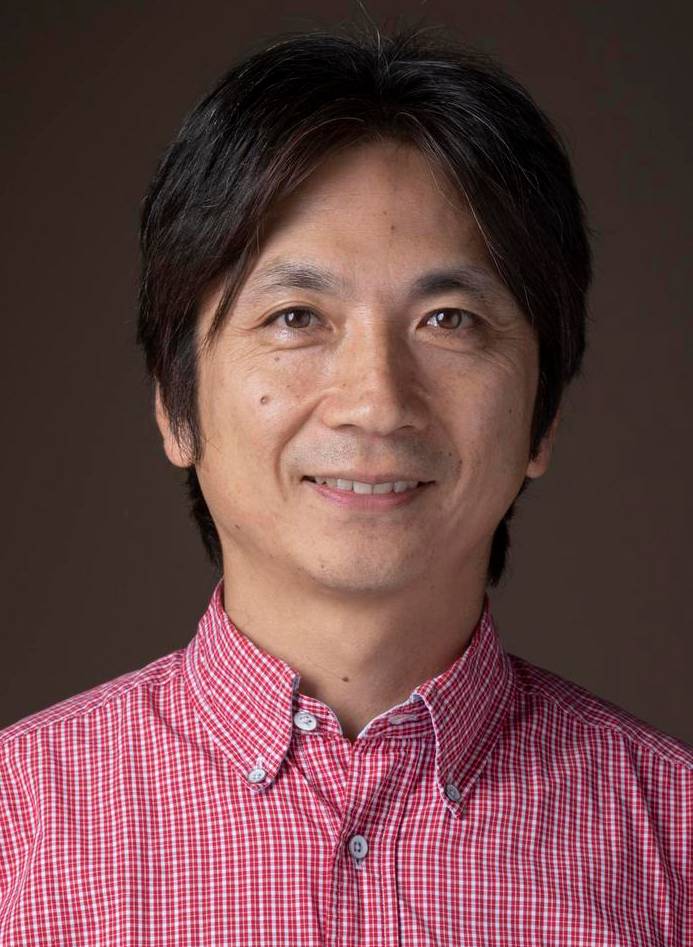Jayme Blaschke | August 15, 2023
Nanomaterials research is one of the most dynamic fields of scientific study in the world today. At the atomic level, common materials and compounds can be arranged and combined in novel ways to produce novel properties that that did not exist previously, but accessing those properties when disparate materials are combined has proven elusive.
New research conducted in part at Texas State University has shown that stacked layers of hexagonal boron nitride (hBN) can produce a periodic electrical potential that is tunable (moiré potential). The moiré potential can dramatically alter the state of the electrons, leading to exotic electronic and optical properties such as superconductivity. The tunability of the moiré potential enables the materials to achieve a wider range of new electronic states.

A team of researchers lead by Yoichi Miyahara, an assistant professor in the Department of Physics and part of the Materials Science, Engineering and Commercialization Program at Texas State, and Xiaoqin Elaine Li, a professor in the Department of Physics and Center for Complex Quant at the University of Texas at Austin have achieved this significant breakthrough. A graduate student, Dong Seob Kim, with the Department of Physics and Center for Complex Quantum Systems at the University of Texas at Austin, is the lead author with Texas State physics graduate students Roy C. Dominguez, Rigo Mayorga-Luna and Mitchell Ford contributing on the study, “Electrostatic moiré potential from twisted-hBN layers,” published in the journal Nature Materials (nature.com/articles/s41563-023-01637-7).
hBN is one of the most important nanomaterials used in research. Arranged in two-dimensional sheets only one atom thick, known as van der Waals materials, the exceptionally thin material is commonly used as an insulating substrate for optoelectronics. Optoelectronic devices take advantage of quantum mechanics and the physical effects that light has on materials at the atomic or sub-atomic level.
Vertically stacked van der Waals materials host a wide array of correlated electronic phases that could prove to show valuable characteristics in nanomaterials.
The researchers demonstrate that hBN layers, when stacked with a twist angle (t-hBN), exhibit tunability in their periodic electronic potential, thereby accessing a greater range of the material’s correlated electronic phases. When two crystals with slightly different orientations are overlaid, they create a moiré pattern, which is a new, larger-scale lattice-like structure that emerges from the interference of the original crystal lattices. Because a periodic electric potential modifies the behavior of electrons in materials, the ability to produce a periodic potential with tunable period and depth is a key element to achieving exciting new material properties. t-hBN can potentially be used to induce exotic material properties in other van der Waals materials, which include graphene and transition metal dichalcogenides when placed onto the stacked t-hBN layer.
Share this article
For more information, contact University Communications:Jayme Blaschke, 512-245-2555 Sandy Pantlik, 512-245-2922 |
